Home>Storage & Organization>Kitchen Organizing Tools>Why Did My Cat Start Pooping Outside The Litter Box
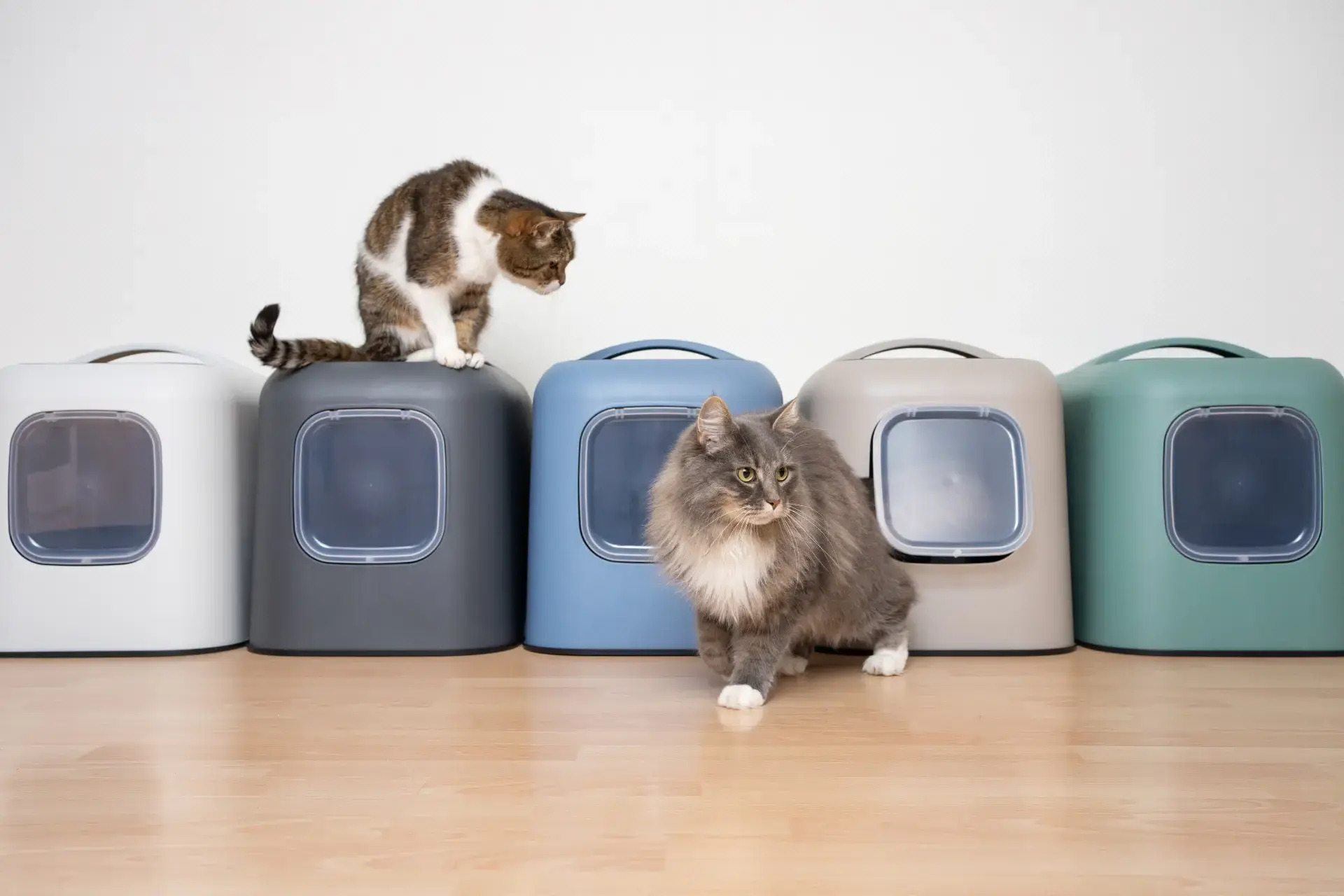

Kitchen Organizing Tools
Why Did My Cat Start Pooping Outside The Litter Box
Modified: August 24, 2024
Discover the best kitchen organizing tools to keep your space tidy and efficient. Find solutions to declutter and optimize your kitchen today!
(Many of the links in this article redirect to a specific reviewed product. Your purchase of these products through affiliate links helps to generate commission for Storables.com, at no extra cost. Learn more)
Possible Reasons for a Change in Behavior
When your cat starts pooping outside the litter box, it can be a cause for concern and confusion. Cats are known for their fastidious nature when it comes to using the litter box, so any deviation from this behavior warrants attention. There are several potential reasons why your cat may have started pooping outside the litter box, and understanding these factors is crucial in addressing the issue effectively.
-
Health Problems: One of the primary reasons for a change in your cat's litter box behavior could be an underlying health issue. Cats may avoid the litter box if they are experiencing discomfort or pain while defecating. Gastrointestinal problems, constipation, diarrhea, urinary tract infections, or other medical conditions can lead to aversion to the litter box.
-
Stress and Anxiety: Cats are sensitive animals, and changes in their environment or routine can cause stress and anxiety. This can manifest in various ways, including avoiding the litter box. Factors such as moving to a new home, the addition of a new pet or family member, loud noises, or changes in the household dynamics can all contribute to stress-related litter box issues.
-
Litter Box Preferences: Cats have preferences when it comes to their toileting habits. Changes in the type of litter, the cleanliness of the box, or the location of the box can all impact your cat's willingness to use it. Some cats may develop aversions to certain types of litter or may feel uncomfortable using a litter box that is not kept clean.
-
Territorial Marking: Unneutered male cats, as well as some female cats, may engage in territorial marking behavior by pooping outside the litter box. This behavior is often a response to perceived threats or changes in the household dynamics.
-
Aging and Mobility Issues: As cats age, they may experience mobility issues or arthritis, making it difficult for them to access the litter box. Additionally, senior cats may develop cognitive issues that affect their litter box habits.
Understanding the potential reasons behind your cat's change in behavior is the first step in addressing the issue effectively. By identifying the underlying cause, you can implement targeted strategies to help your cat return to using the litter box consistently. It's important to approach this situation with patience, empathy, and a willingness to explore the various factors that may be contributing to your cat's behavior.
Key Takeaways:
- Cats may poop outside the litter box due to health problems, stress, or territorial marking. Understanding and addressing these issues can help cats return to consistent litter box use.
- To address a cat’s aversion to the litter box, consult a vet, evaluate the litter box environment, address stressors, implement positive reinforcement, provide sufficient litter boxes, monitor progress, and seek behavioral guidance.
Medical Issues to Consider
When a cat exhibits a sudden change in litter box behavior, it's essential to consider potential medical issues that could be contributing to this shift. Cats are masters at masking signs of illness, making it crucial for pet owners to be vigilant and proactive in monitoring their feline companions' health. Several medical conditions can lead to aversion to the litter box, prompting the need for thorough consideration of these underlying issues.
Gastrointestinal problems, such as inflammatory bowel disease, constipation, or diarrhea, can cause discomfort and pain during defecation, leading a cat to seek alternative toileting spots. Additionally, urinary tract infections, bladder stones, or other urinary issues can result in a cat avoiding the litter box, as they associate it with discomfort or associate the litter with the source of their pain.
Furthermore, certain systemic conditions, such as diabetes, hyperthyroidism, or kidney disease, can manifest in changes in a cat's litter box habits. Increased thirst and urination, coupled with potential litter box aversion, may indicate an underlying medical issue that requires prompt attention from a veterinarian.
It's important to note that senior cats are particularly susceptible to age-related medical issues that can impact their litter box behavior. Arthritis, mobility issues, and cognitive decline can all contribute to a cat's reluctance to use the litter box as they once did. As a result, regular veterinary check-ups and proactive monitoring of senior cats' health are crucial in identifying and addressing potential medical causes of litter box avoidance.
When addressing a cat's change in litter box behavior, it's vital to prioritize their physical well-being. Seeking veterinary guidance and conducting thorough medical assessments can help rule out underlying health issues and ensure that the cat receives appropriate treatment if a medical condition is identified. By considering and addressing potential medical issues, pet owners can take proactive steps to support their cat's health and well-being while working to resolve litter box aversion.
Environmental Factors to Evaluate
In addition to medical considerations, environmental factors play a significant role in a cat's litter box behavior. Cats are highly sensitive to their surroundings, and changes in their environment can have a profound impact on their toileting habits. Evaluating and addressing these environmental factors is crucial in understanding and resolving a cat's aversion to the litter box.
Location and Accessibility
The location of the litter box within the home can greatly influence a cat's willingness to use it. Cats prefer privacy and quiet when attending to their toileting needs. Placing the litter box in a high-traffic area or near noisy appliances can deter a cat from using it. Additionally, if the litter box is located in an area that is difficult for the cat to access, such as up or down stairs, it may contribute to avoidance behavior, especially in older or arthritic cats.
Litter Box Type and Cleanliness
Cats have individual preferences when it comes to the type of litter and the cleanliness of the box. Some cats may develop aversions to certain types of litter, such as scented or clumping varieties. It's essential to observe your cat's response to different litter types and ensure that the chosen litter is comfortable for them. Additionally, maintaining a clean litter box is paramount. Cats are fastidious creatures and may avoid a dirty or soiled litter box, leading them to seek alternative elimination spots.
Changes in the Household
Any changes in the household dynamics can impact a cat's behavior, including their litter box habits. Introducing a new pet, family member, or even rearranging furniture can cause stress and anxiety for a cat, potentially leading to litter box avoidance. Similarly, loud noises, construction work, or other disruptions can create an environment that is unsettling for a cat, prompting them to seek alternative toileting locations.
Number and Placement of Litter Boxes
The general rule of thumb for multi-cat households is to have one litter box per cat plus one additional box. This ensures that each cat has access to a litter box and can reduce competition and territorial issues. Additionally, placing litter boxes in different areas of the home provides cats with options and prevents overcrowding around a single box.
Environmental Enrichment
Enriching a cat's environment with vertical spaces, hiding spots, interactive toys, and scratching posts can alleviate stress and boredom, contributing to overall well-being. A stimulating environment can help reduce anxiety-related litter box issues and promote positive behavior.
By carefully evaluating these environmental factors and making necessary adjustments, pet owners can create a conducive and comfortable toileting environment for their cats. Understanding and addressing these elements can significantly contribute to resolving litter box aversion and promoting positive litter box habits for feline companions.
Behavioral Causes to Explore
Understanding the behavioral aspects of a cat's litter box aversion is essential in addressing and resolving this issue effectively. Cats are complex creatures with unique personalities and behaviors, and exploring the potential behavioral causes behind their change in toileting habits can provide valuable insights for pet owners.
Stress and Anxiety
Stress and anxiety can manifest in various ways in cats, including avoidance of the litter box. Changes in the household, such as moving to a new home, the addition of a new pet, or disruptions to their routine, can trigger stress-related litter box issues. Cats may seek alternative elimination spots as a coping mechanism for their anxiety, highlighting the need to create a calm and stable environment for them.
Territorial Marking
Unneutered male cats, as well as some female cats, may engage in territorial marking behavior by pooping outside the litter box. This behavior is often a response to perceived threats or changes in the household dynamics. Understanding the underlying motivations for territorial marking and addressing any triggers can help mitigate this behavior and encourage consistent litter box use.
Litter Box Preferences
Cats have individual preferences when it comes to their toileting habits. Some cats may develop aversions to certain types of litter or may feel uncomfortable using a litter box that is not kept clean. Exploring different litter options and ensuring that the litter box is maintained to their liking can help address potential behavioral causes of litter box avoidance.
Behavioral Conditioning
Negative experiences associated with the litter box can lead to behavioral conditioning, where a cat forms negative associations with the act of using the litter box. This can occur if a cat has experienced pain or discomfort while using the litter box or has been startled or frightened in the vicinity of the box. Implementing positive reinforcement and creating a positive environment around the litter box can help counteract these negative associations and encourage regular litter box use.
Attention-Seeking Behavior
In some cases, cats may exhibit attention-seeking behavior by pooping outside the litter box. This can be a response to changes in their routine, lack of stimulation, or a desire for interaction with their human companions. Understanding and addressing the underlying motivations for attention-seeking behavior can help redirect their focus towards positive interactions and activities.
By exploring these potential behavioral causes and gaining insights into a cat's individual preferences and responses, pet owners can implement targeted strategies to address and resolve litter box aversion. Creating a supportive and understanding environment for the cat, coupled with proactive behavioral interventions, can contribute to promoting positive litter box habits and enhancing the overall well-being of feline companions.
Steps to Address the Issue
Addressing a cat's aversion to the litter box requires a comprehensive and proactive approach that encompasses medical, environmental, and behavioral considerations. By implementing targeted steps, pet owners can work towards resolving the issue and promoting positive litter box habits for their feline companions.
-
Consult a Veterinarian: The first and most crucial step is to seek professional veterinary guidance. A thorough physical examination and diagnostic tests can help rule out underlying medical issues that may be contributing to the cat's litter box aversion. Addressing any identified health concerns is paramount in supporting the cat's well-being and addressing the root cause of the problem.
-
Evaluate the Litter Box Environment: Assess the location, accessibility, cleanliness, and type of litter box. Ensure that the litter box is placed in a quiet, low-traffic area, and is easily accessible for the cat. Experiment with different litter types to determine the cat's preferences, and maintain a consistent cleaning schedule to provide a comfortable toileting environment.
-
Address Environmental Stressors: Identify and mitigate any environmental stressors that may be impacting the cat's behavior. This may involve creating a calm and stable home environment, providing environmental enrichment, and minimizing disruptions that could trigger anxiety-related litter box issues.
-
Implement Positive Reinforcement: Create a positive association with the litter box by offering praise, treats, and affection when the cat uses the box appropriately. Positive reinforcement can help counteract any negative associations and encourage consistent litter box habits.
-
Provide Sufficient Litter Boxes: In multi-cat households, ensure that there are an adequate number of litter boxes available. The general guideline is to have one litter box per cat plus one additional box to prevent competition and territorial issues.
-
Monitor and Track Progress: Keep a close eye on the cat's litter box behavior and track any improvements or setbacks. This can provide valuable insights into the effectiveness of implemented strategies and help adjust the approach as needed.
-
Seek Behavioral Guidance: If the litter box aversion persists, consider consulting with a feline behavior specialist or veterinarian with expertise in behavior. Professional guidance can offer tailored strategies to address specific behavioral issues and promote positive toileting habits.
By following these proactive steps and maintaining a patient and empathetic approach, pet owners can work towards addressing their cat's litter box aversion effectively. Understanding the multifaceted nature of the issue and implementing targeted interventions can contribute to creating a supportive and conducive environment for the cat, ultimately promoting positive litter box habits and enhancing their overall well-being.
Frequently Asked Questions about Why Did My Cat Start Pooping Outside The Litter Box
Was this page helpful?
At Storables.com, we guarantee accurate and reliable information. Our content, validated by Expert Board Contributors, is crafted following stringent Editorial Policies. We're committed to providing you with well-researched, expert-backed insights for all your informational needs.
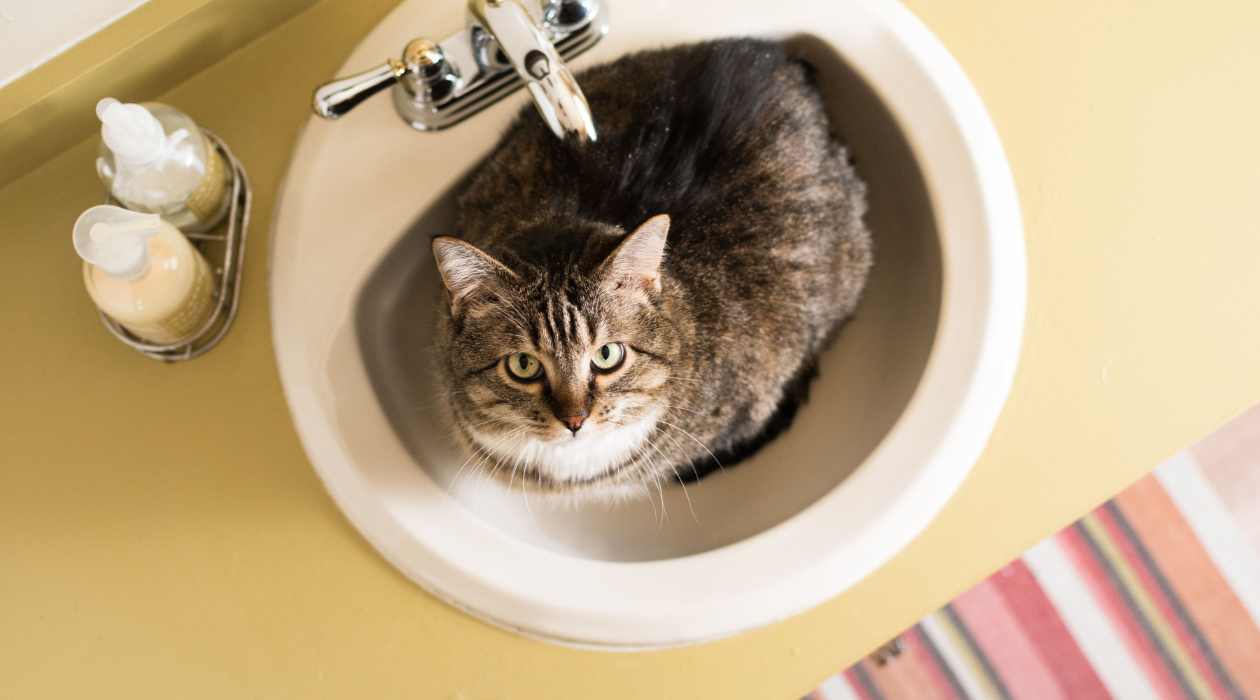
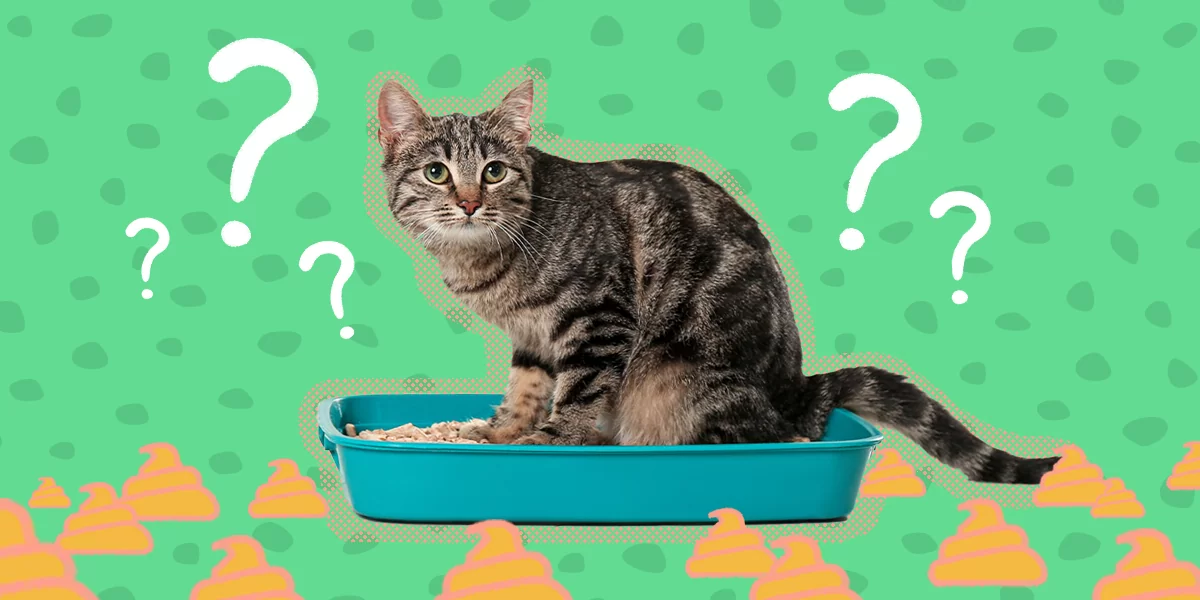
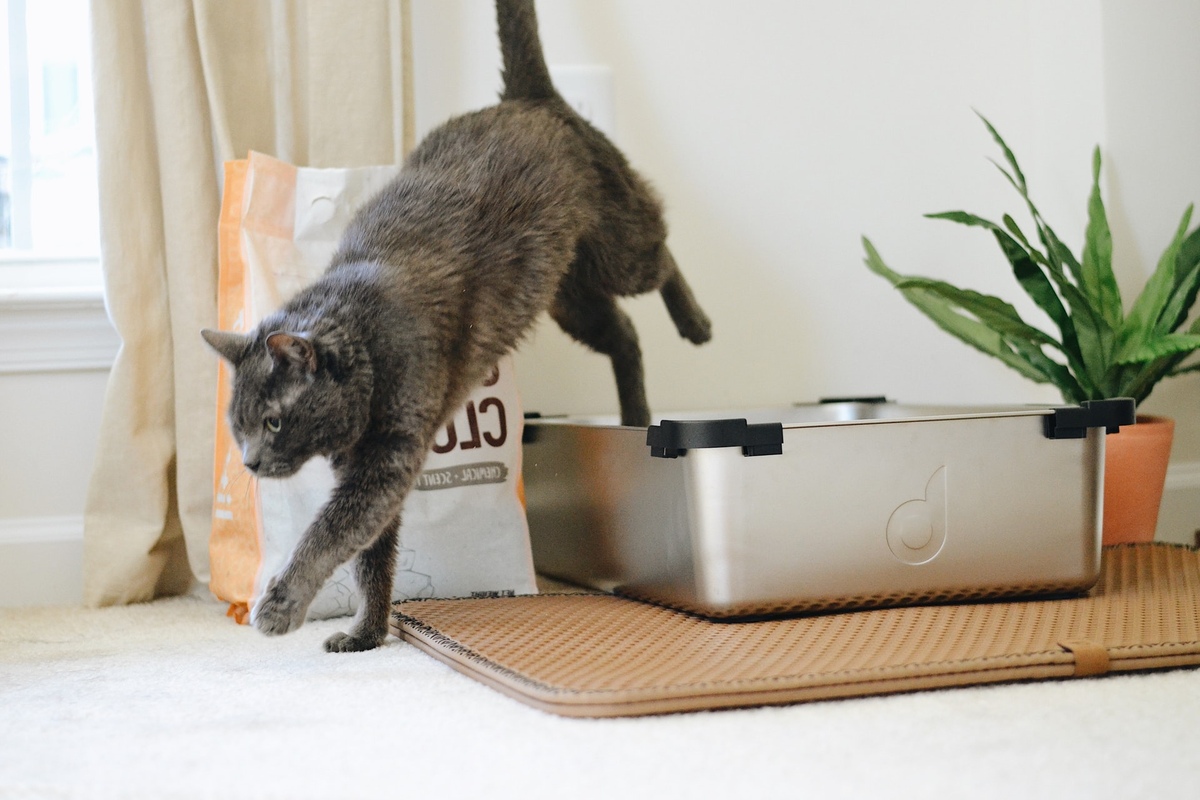
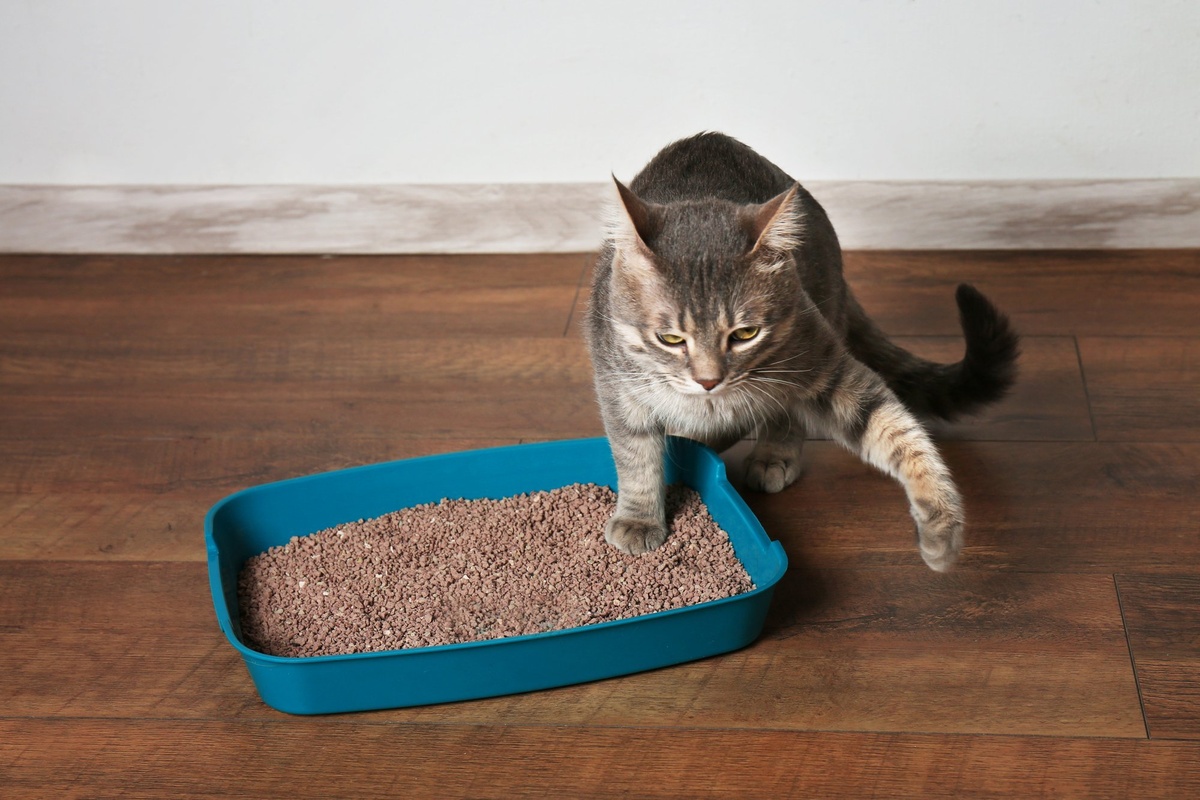
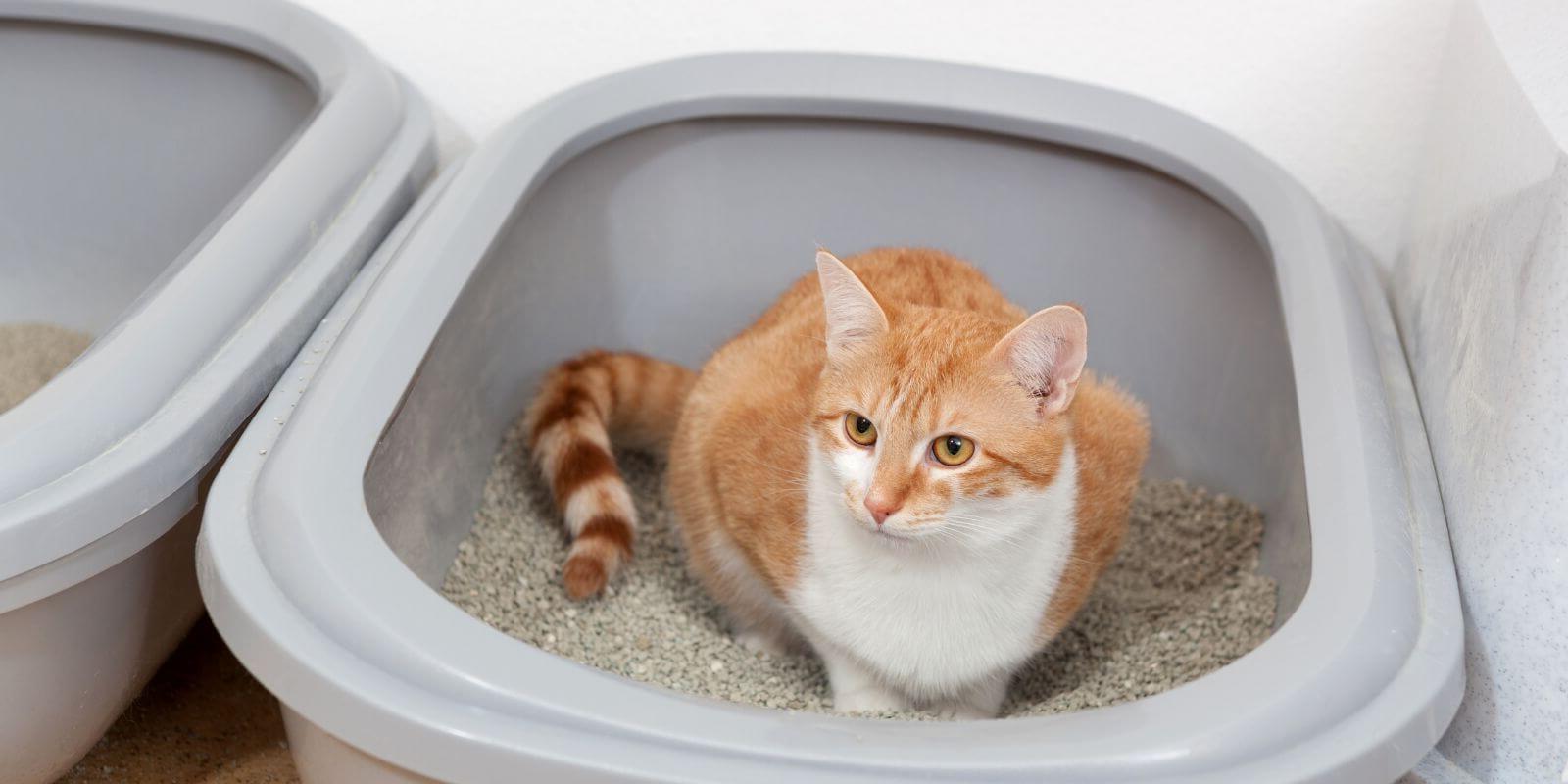
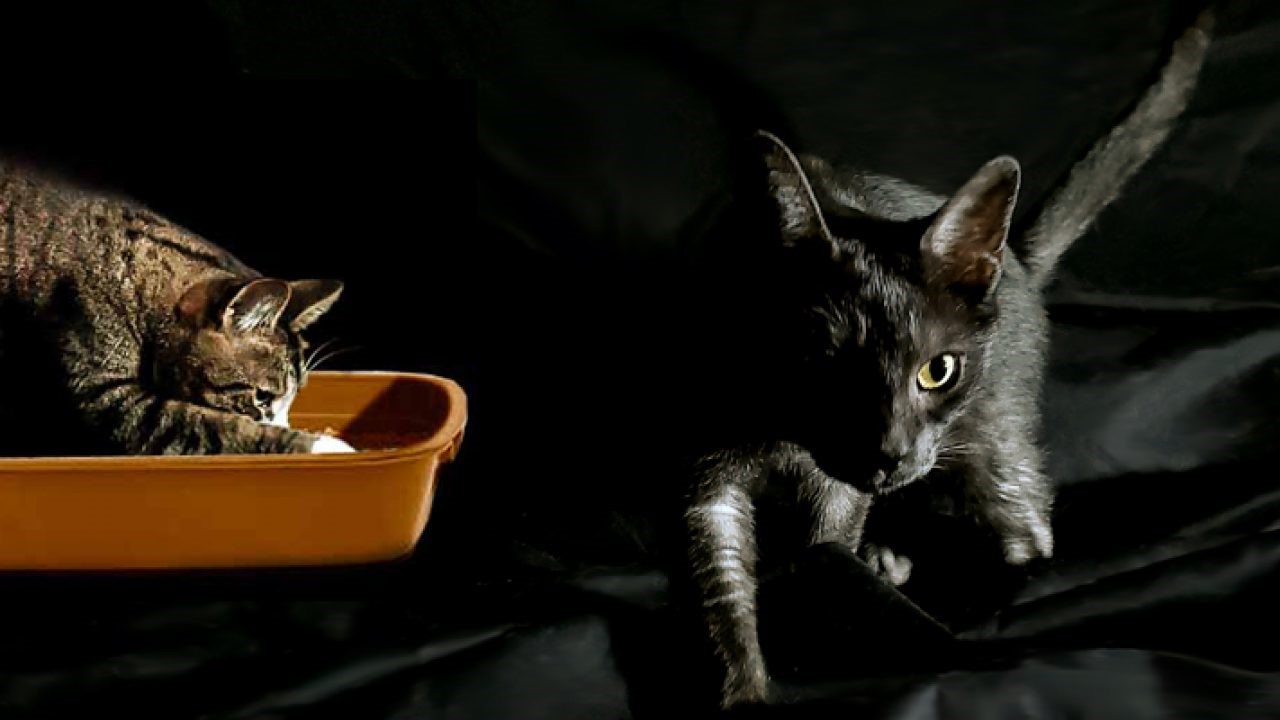
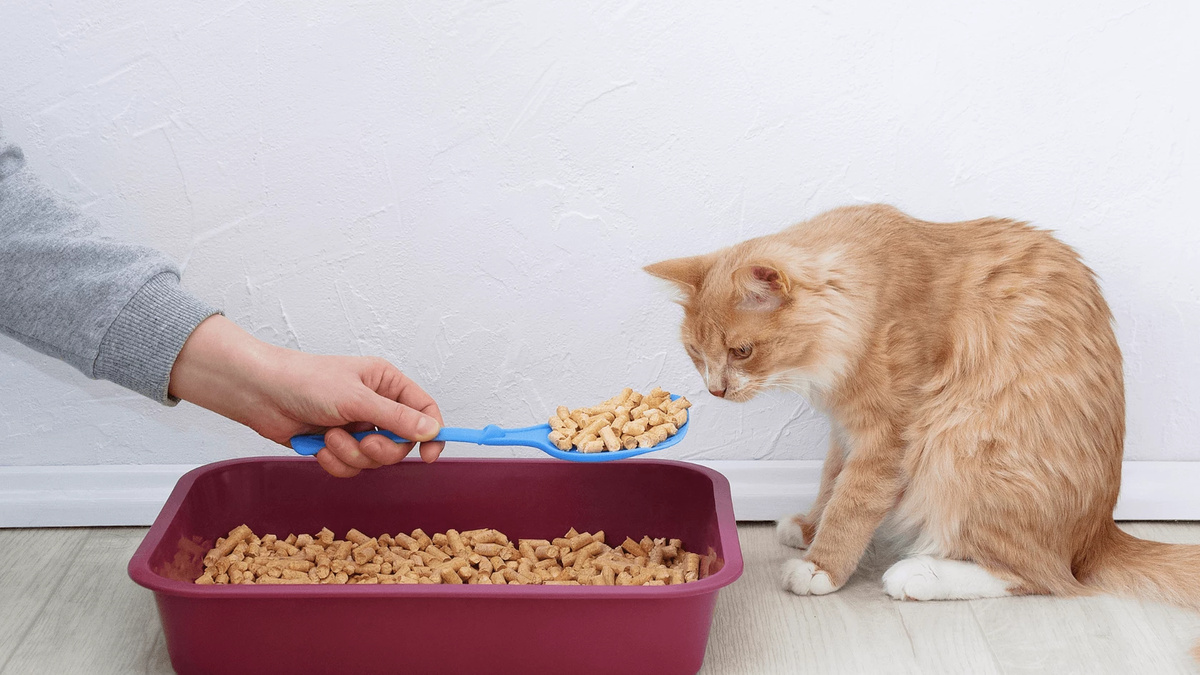
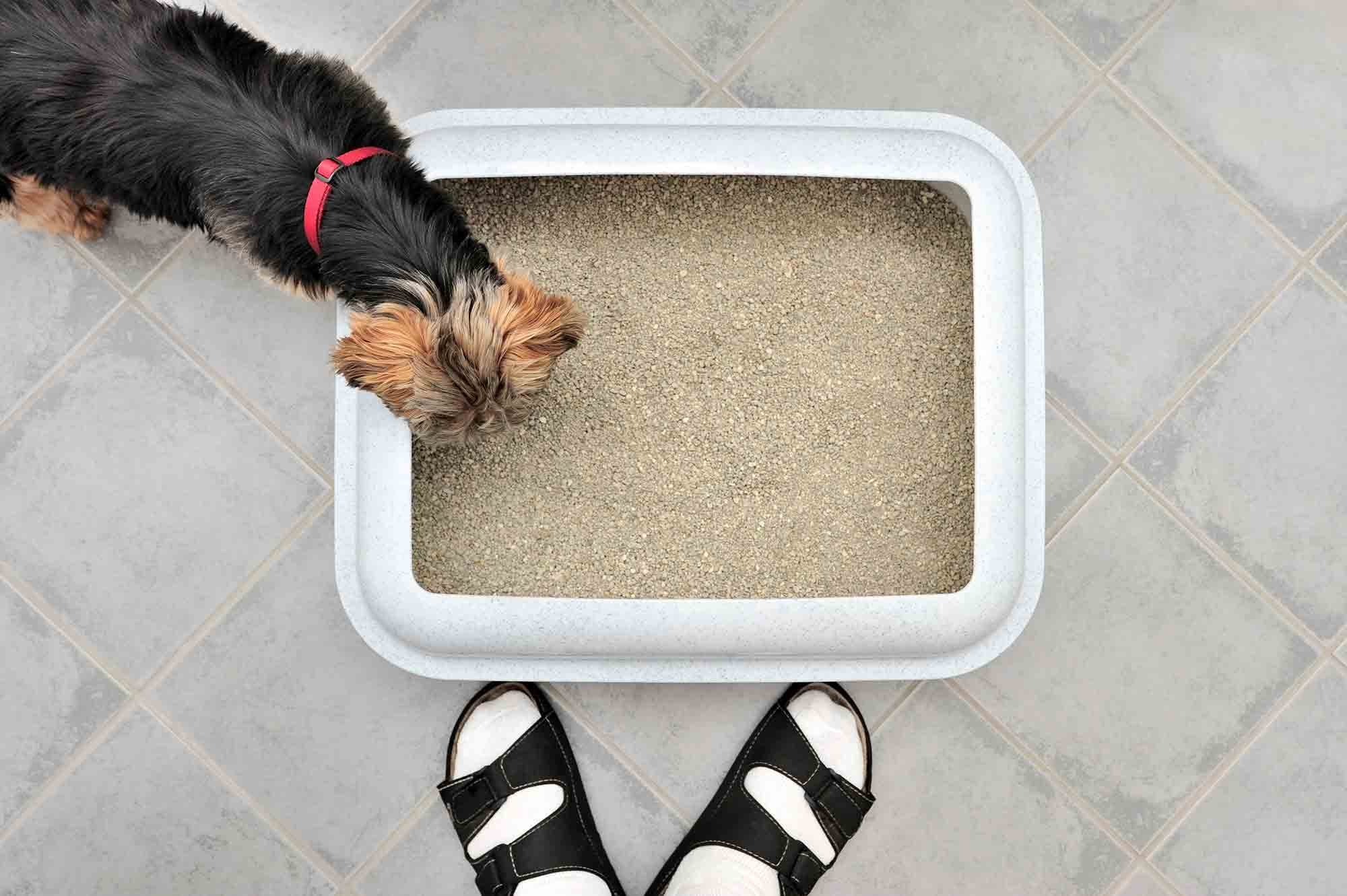
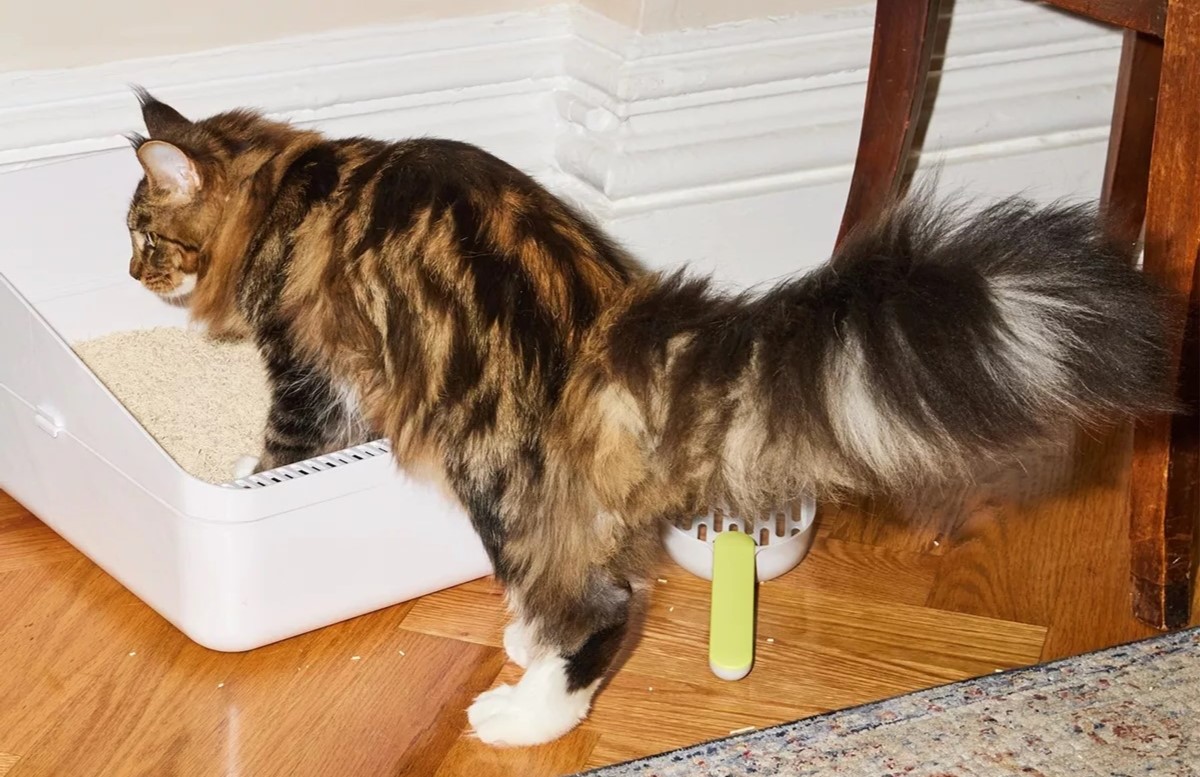
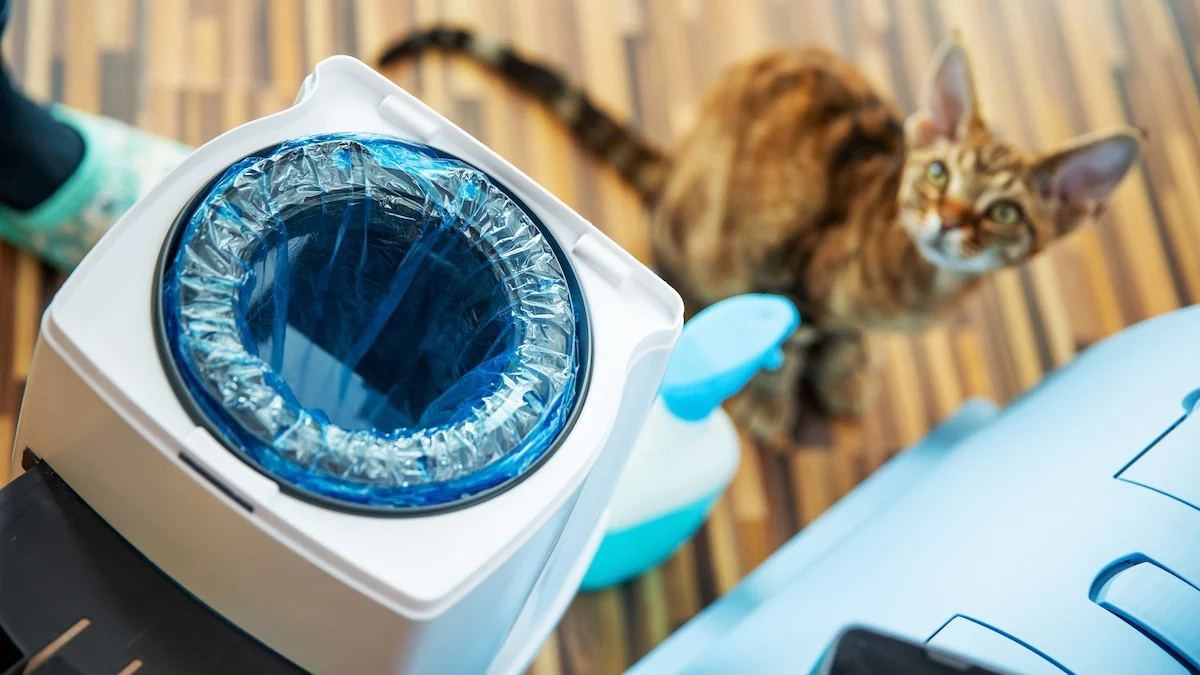
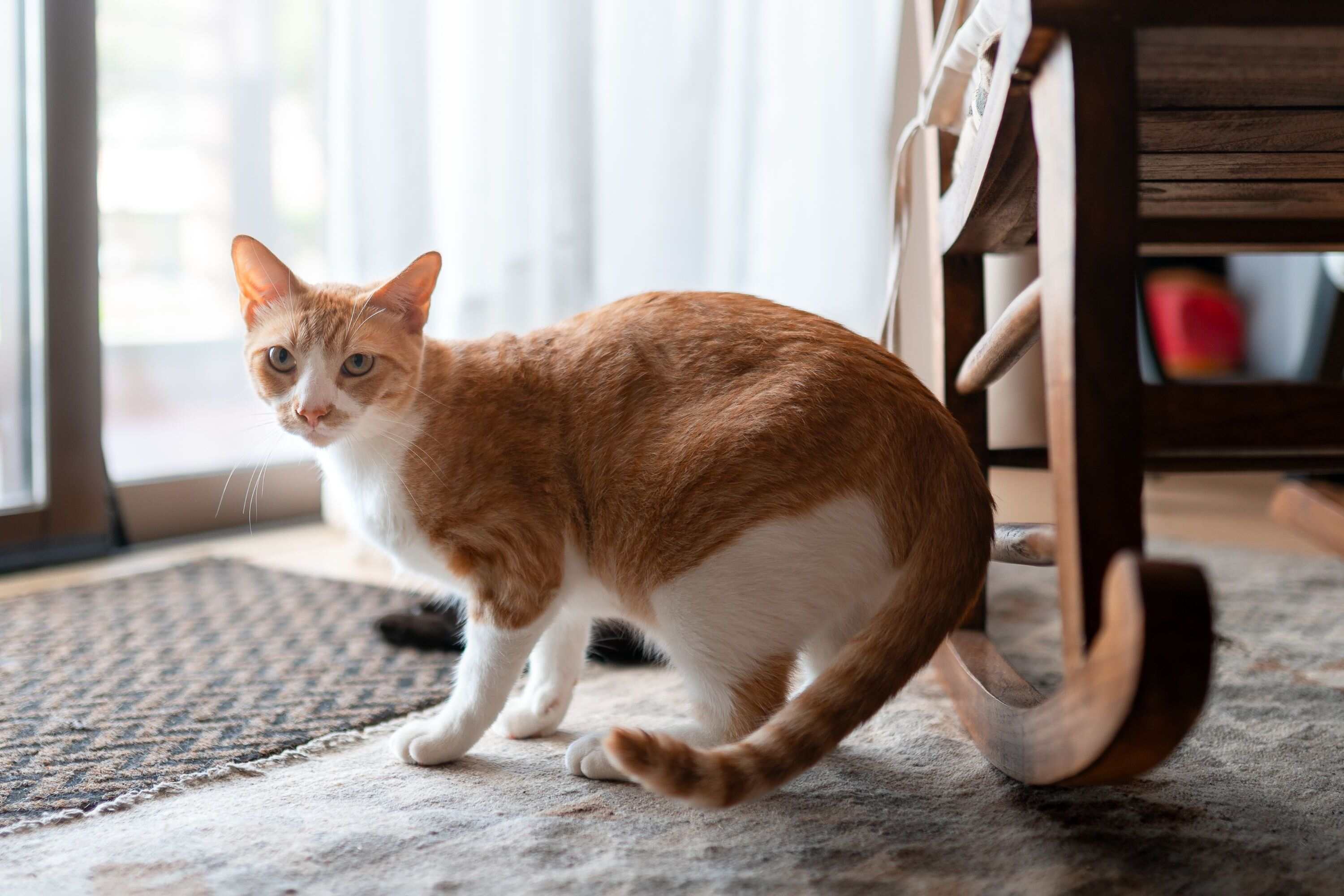
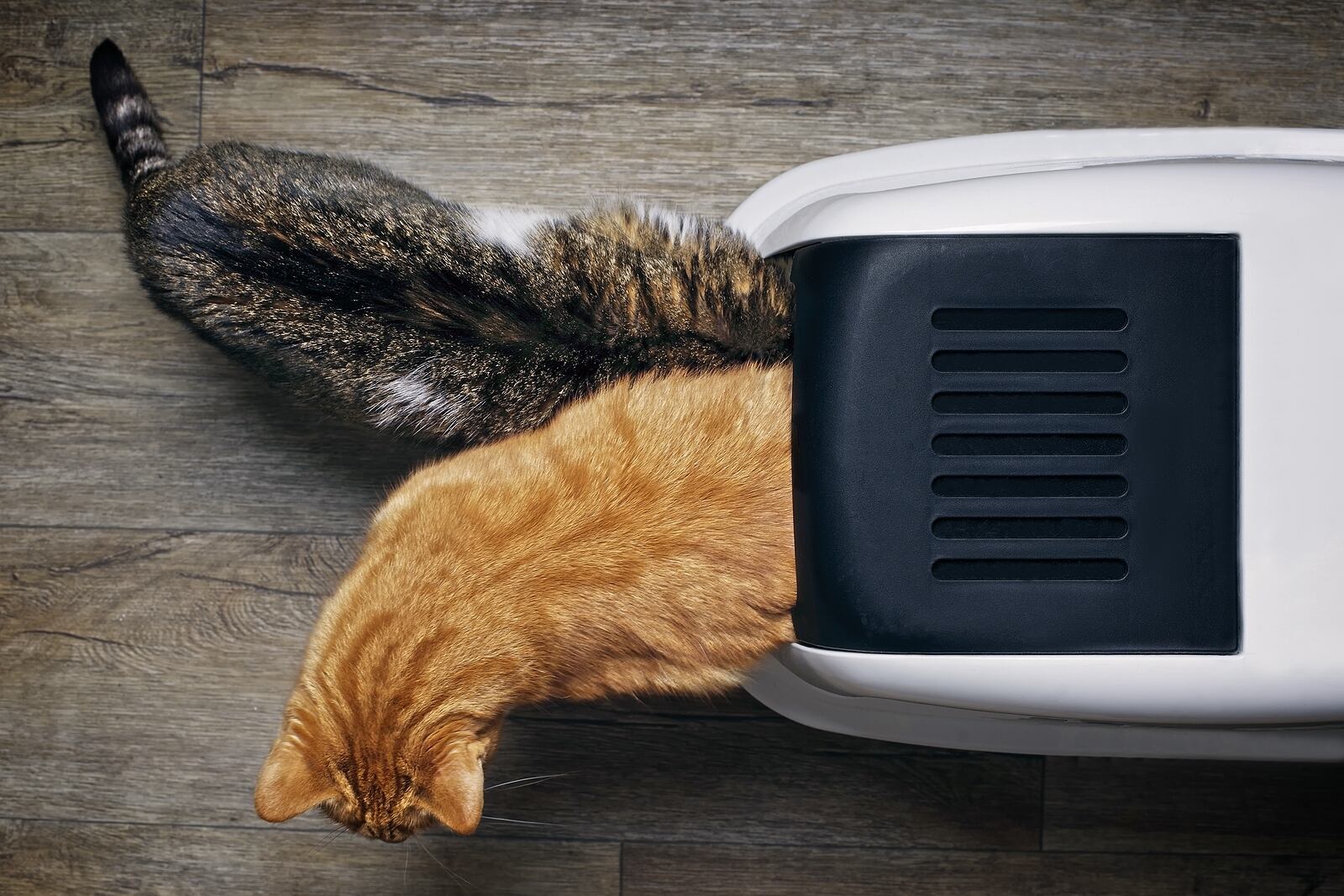

0 thoughts on “Why Did My Cat Start Pooping Outside The Litter Box”